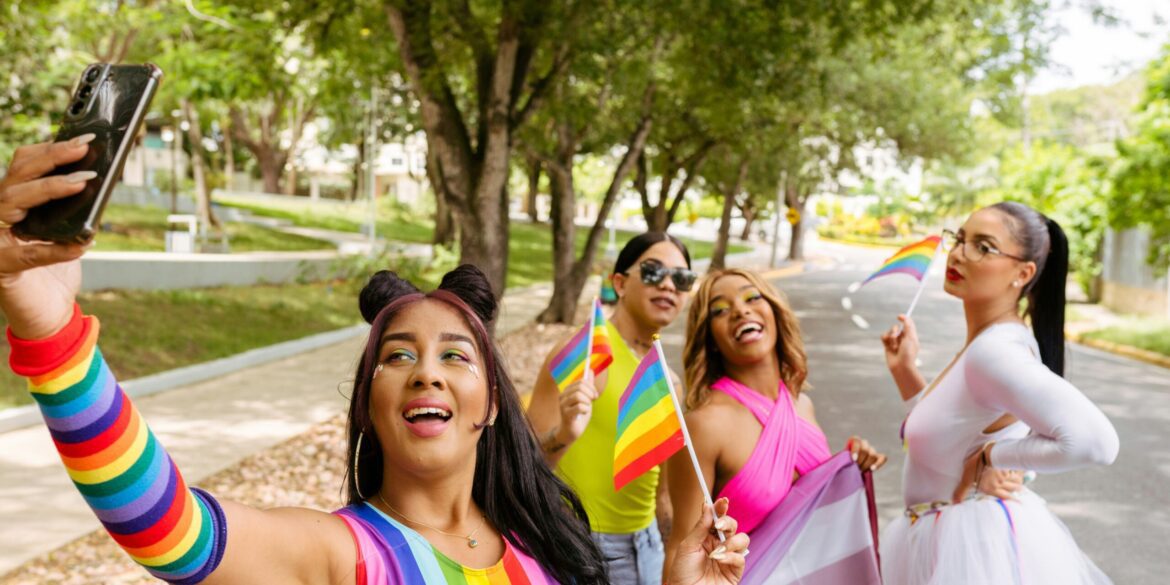Austin, Texas — In a vibrant fusion of celebration and civic purpose, Austin Pride 2025 has emerged as a powerful example of how local policymaking can intersect with cultural events to promote equity, health, and inclusivity. While Pride celebrations across the country often focus on spectacle and entertainment, Austin’s approach this year reflects a deeper commitment to progressive, community-centered programming designed to serve and uplift.
This year’s Pride festivities took place in late August, a scheduling tradition that distinguishes Austin from most other cities. While many cities host Pride in June to commemorate the Stonewall uprising, Austin’s shift to August has strategic roots. By delaying until later in the summer, the city avoids conflicts with larger national celebrations and better aligns with the return of the student population from the University of Texas and surrounding colleges. This intentional timing maximizes local engagement, makes space for a truly Austin-based celebration, and ensures access for those who might otherwise be priced out or crowded out of national Pride events.
What truly sets Austin Pride 2025 apart, however, is not merely its calendar slot, but its programming philosophy. This year, the city and its partners placed an emphasis on community welfare, accessibility, and education, creating a multifaceted celebration that prioritized public good alongside joyous expression.
The free festival held at Fiesta Gardens on August 23 stood as the cornerstone of this initiative. Organizers, recognizing the financial barriers many in the LGBTQ+ community face, decided to eliminate ticket costs entirely. This decision was not made lightly. Budget constraints and reduced public funding have made it increasingly difficult to mount large-scale public events. Yet, rather than scaling back the festival, Pride leaders restructured it to prioritize local talent and grassroots collaboration, making the event not only financially accessible but deeply rooted in Austin’s own creative and activist communities.
The choice to forgo high-profile celebrity headliners in favor of local performers was also a deliberate policy decision. Rather than importing marquee names that might overshadow homegrown talent, the festival elevated Austin’s vibrant queer arts scene. In doing so, it reinforced the message that cultural value lies not in star power but in authentic, community-based expression. For many attendees, the resulting performances felt more connected and more relevant—mirroring their lives and realities more directly than polished national acts might have.
Public health was another key focus of the festival. Organizers collaborated with a range of healthcare providers to make the event the largest HIV testing site in Central Texas during the Pride season. Testing stations were set up throughout the grounds, offering free and confidential services to all attendees. These efforts reflect a broader municipal strategy to normalize preventive care and reduce stigma around HIV and other sexually transmitted infections. By placing testing in a celebratory and affirming environment, Austin Pride transformed what might otherwise be a clinical or anxiety-inducing process into a visible act of self-care and communal responsibility.
Another major highlight came in the form of pop-up weddings and vow renewals, offered at no cost to couples wishing to formalize or reaffirm their relationships. Spearheaded by the Austin chapter of the Wedding Industry Professionals Association, the initiative provided everything from officiants and floral arrangements to music and professional photography. Couples of all backgrounds—many of whom had previously delayed weddings due to financial or legal barriers—were able to celebrate their love with dignity and style. This offering, while festive on the surface, served as a quiet but powerful policy statement: that love in all its forms deserves public celebration and institutional support.
In a more solemn and reflective tone, the city also hosted an exhibition of the AIDS Memorial Quilt at First Baptist Church. This display featured 34 panels commemorating over 270 lives lost to AIDS, weaving together photos, poetry, music, and personal notes into deeply moving tributes. The church’s hosting of the quilt was itself significant. In the past, many LGBTQ+ individuals found themselves alienated by religious institutions. To now see a church open its doors for remembrance and healing speaks to a broader cultural and policy shift—one that seeks to foster reconciliation and inclusion rather than division.
Each component of Austin Pride this year—from the joyful festivities to the solemn remembrances—underscored the idea that public events can and should serve more than a symbolic purpose. When organized with intention, they become platforms for equity, health outreach, social validation, and historical recognition. Austin’s model is not simply about throwing a good party; it is about weaving civic values into public celebration in ways that produce tangible benefits for the community.
What makes Austin’s Pride programming especially notable is how seamlessly it blends policy with cultural expression. Rather than separating health services from social events, or placing educational initiatives outside of celebratory spaces, city planners and community leaders made the deliberate choice to integrate these elements. The result is a more holistic vision of public life—one where government, nonprofits, cultural leaders, and residents work together to create inclusive, supportive environments that uplift rather than divide.
As the 2025 US Pride season draws to a close, Austin’s approach may offer a blueprint for other cities grappling with how to make public celebrations more inclusive, more impactful, and more connected to the needs of their people. In a political climate often marked by polarization, Austin Pride stands as a testament to what is possible when local policy aligns with community values, and when joy and justice are pursued not as separate goals, but as part of the same effort to build a better, more inclusive society.

